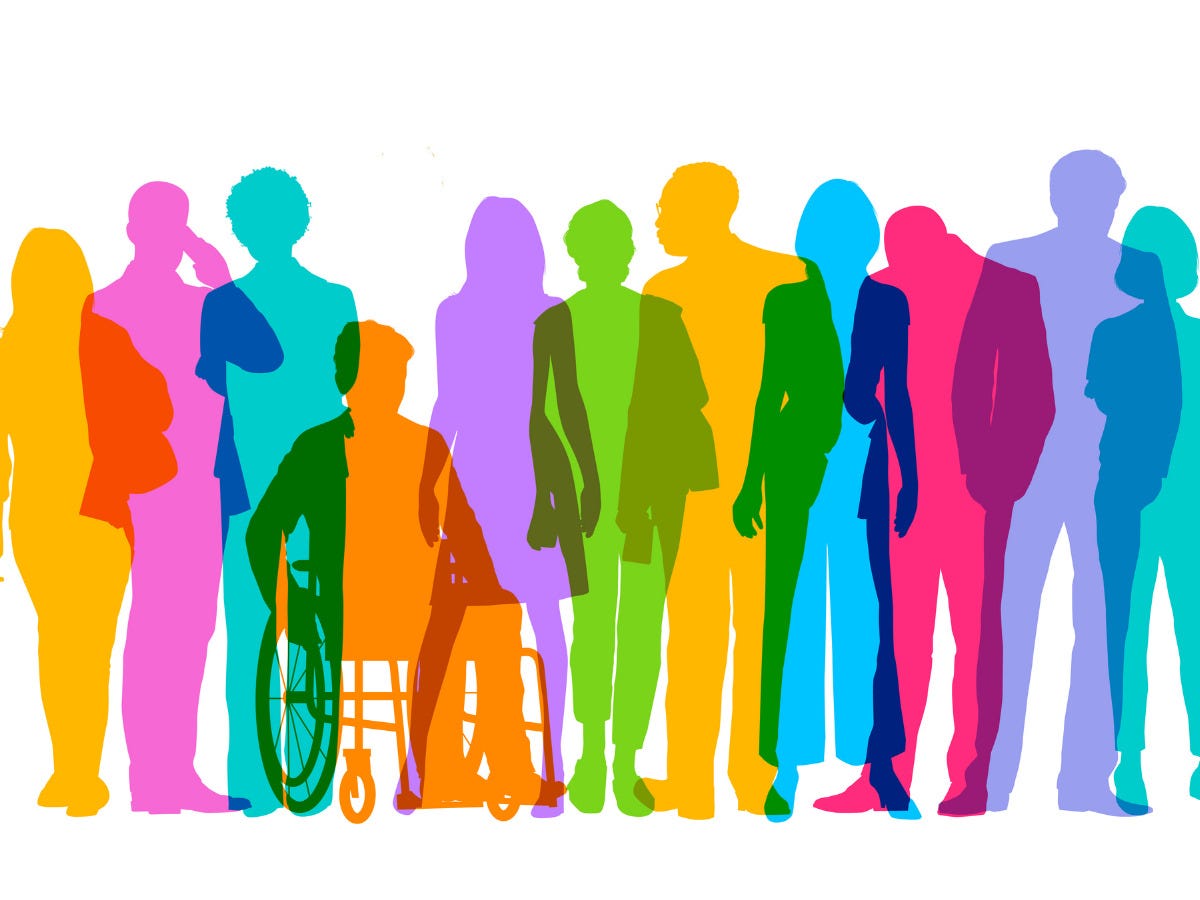Working Better Together
Organizations benefit from hiring workers of various backgrounds and abilities, says the dean for diversity and inclusion at Texas McCombs

As the United States grows increasingly diverse, companies can benefit. They just need to take the right steps.
That’s the advice of Raji Srinivasan, professor of marketing at Texas McCombs. Srinivasan was named the school’s first associate dean for diversity and inclusion in April 2018. In her role, she works with the support of a committee composed of faculty and staff who are creating and implementing a plan to advance the school’s diversity and inclusion goals.
Srinivasan recently discussed what diversity in the workplace means for companies and employees.
When we speak about diversity, what are we actually talking about? What kinds of diversity matter?
The definition is a moving target, and it continues to change. The traditional lenses are race, ethnicity, or country of origin. The way to think about diversity — as we’ve done in our school — is really broadly in terms of race, ethnicity, income, physical disabilities, learning styles, religion, and veteran status. Because we are an educational institution, we also consider first-generation status. As we learn more about different kinds of diversity, it keeps changing.
Why should businesses be concerned about diversity?
Markets are becoming increasingly diverse. The population of the United States is 327 million people, and the population of the world is more than 7 billion. U.S. companies want to sell products abroad, so they have to understand people.
Our country is more diverse than it’s ever been. You have a lot of micro segments and people are also self-identifying in terms of diversity. For example, the number of people who check multiple ethnic boxes in surveys is increasing. Even if you only wanted to sell products in the U.S., you’d still have a good reason to understand consumers — who they are and what their values are.
How are companies approaching diversity when it comes to hiring?
Unemployment rates are really low, which means the labor market is tight. Companies have to compete for workers, and a lot of millennials — who are going to be 80 percent of workforce by 2025 — are really focused on the values of the companies that they work for. They have choices, so they are going to go work for companies that are more focused on diversity and inclusion.
Once those workers are hired, what benefits can employers expect? What should companies be doing?
When you have employees from diverse backgrounds, everybody functions much better and they’re happier when they bring their full self to work. When they’re respected for their totality — their race, ethnicity, sexual orientation, or disabilities. That means you’re getting the most of your employees.

What about diversity within specific teams? What are the benefits?
For teams, diversity results in superior creative outcome. There’s a lot of research now to show — whether in teams, boards of directors, or top management — diversity helps. Of course, it may take longer to build group consensus. It may be a little more disruptive, in the sense that we may all be arguing but we’ll get a superior outcome.
How can teams benefit from hiring for other sorts of diversity, like people with learning disabilities?
In some jobs, what may have been talked about as a limitation can actually be turned around: Someone’s becoming a more productive employee and companies are getting a really good talent pool. There are ways to leverage some of these learning disabilities and a lot of different companies are leading the challenge here.
For example, in fraud detection, people on the Autism spectrum get obsessive. They want to stay with it until they find the solution. Their learning style helps them in their job.
On the flip side, what happens when organizations fail to integrate all their employees?
Research shows the suffering from exclusion can be treated with a pain reliever like aspirin: If you’re not included, there’s actually a part of your brain physiology that’s affected. I think it makes a really compelling case for why we should all be invested in inclusion. None of us want to have employees, colleagues, and students within our communities who are feeling pain.
So how do you approach the task at Texas McCombs?
Diversity and inclusion is a challenging job. No matter what I do, it may be considered too little by some people and too much by others. That’s the nature of the job, because in any community you’re going to have somebody who feels everything’s fine and others who feel nothing is fine. The challenge is striking the balance. That requires organizational and cultural change, which takes time, resources, and patience.
Story by Jeremy M. Simon
About this Post
Share:


